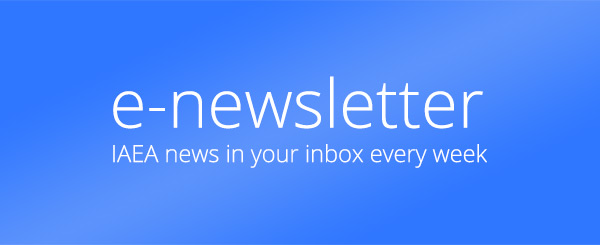To support global efforts in radiological safety, particularly in managing contaminated sites and assessing environmental radiation exposure, stakeholders are turning to modelling tools to make informed decisions and mitigate risks. To this aim, the IAEA partnered with Argonne National Laboratory to host a specialized training on RESRAD codes, equipping experts worldwide with advanced tools for evaluating radiological risks and ensuring public safety and environmental protection.
RESRAD codes are specialized computer models developed by Argonne to estimate radiation doses and risks from residual radioactive materials. Radiation can come from many sources, including natural occurrences and human activities. Understanding how much radiation is present and the potential risks it poses to human health and to the environment is crucial for taking appropriate safety measures.
With the IAEA facilitating a global network of participants, bringing together experts from various countries, this strategic collaboration with Argonne highlights the crucial role both organisations play in enhancing global expertise and radiological safety through in-depth training sessions.
Throughout the course, participants received hands-on experience with the RESRAD family of codes focusing on how these tools assess radiation exposure in humans and biota at contaminated sites. Lectures were provided by both Argonne and IAEA experts, who shared knowledge on key topics including the behaviour of radionuclides in the environment, the calculation of radiation doses for animals and plants and adherence to radiation safety protocols.
Charley Yu, program manager and principal investigator of RESRAD, emphasized the widespread global usage of RESRAD codes. These tools, which have been referenced in over 2000 scientific papers, are employed in more than 120 countries for a variety of applications, from radiological dose assessments to evaluating remediation alternatives.







